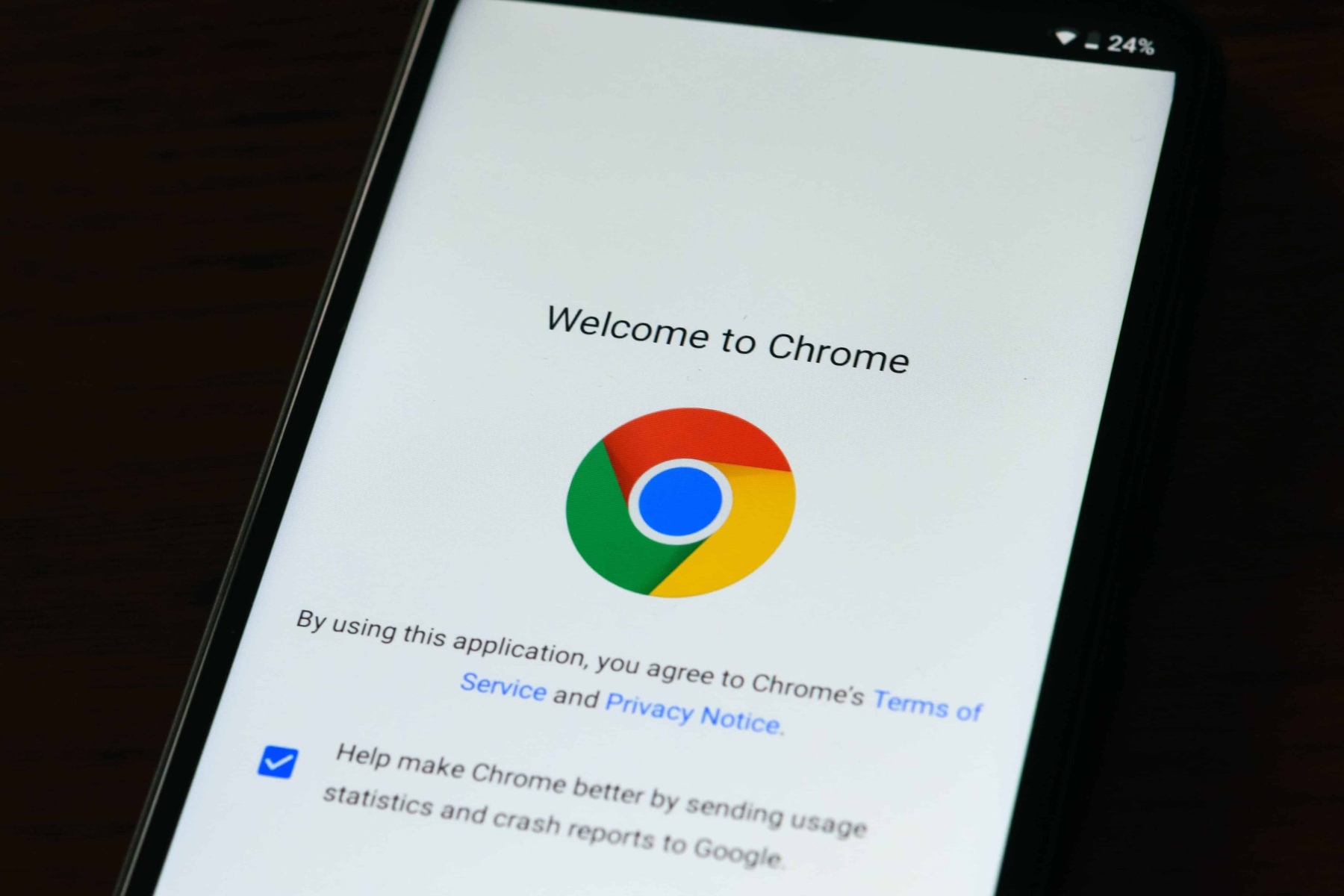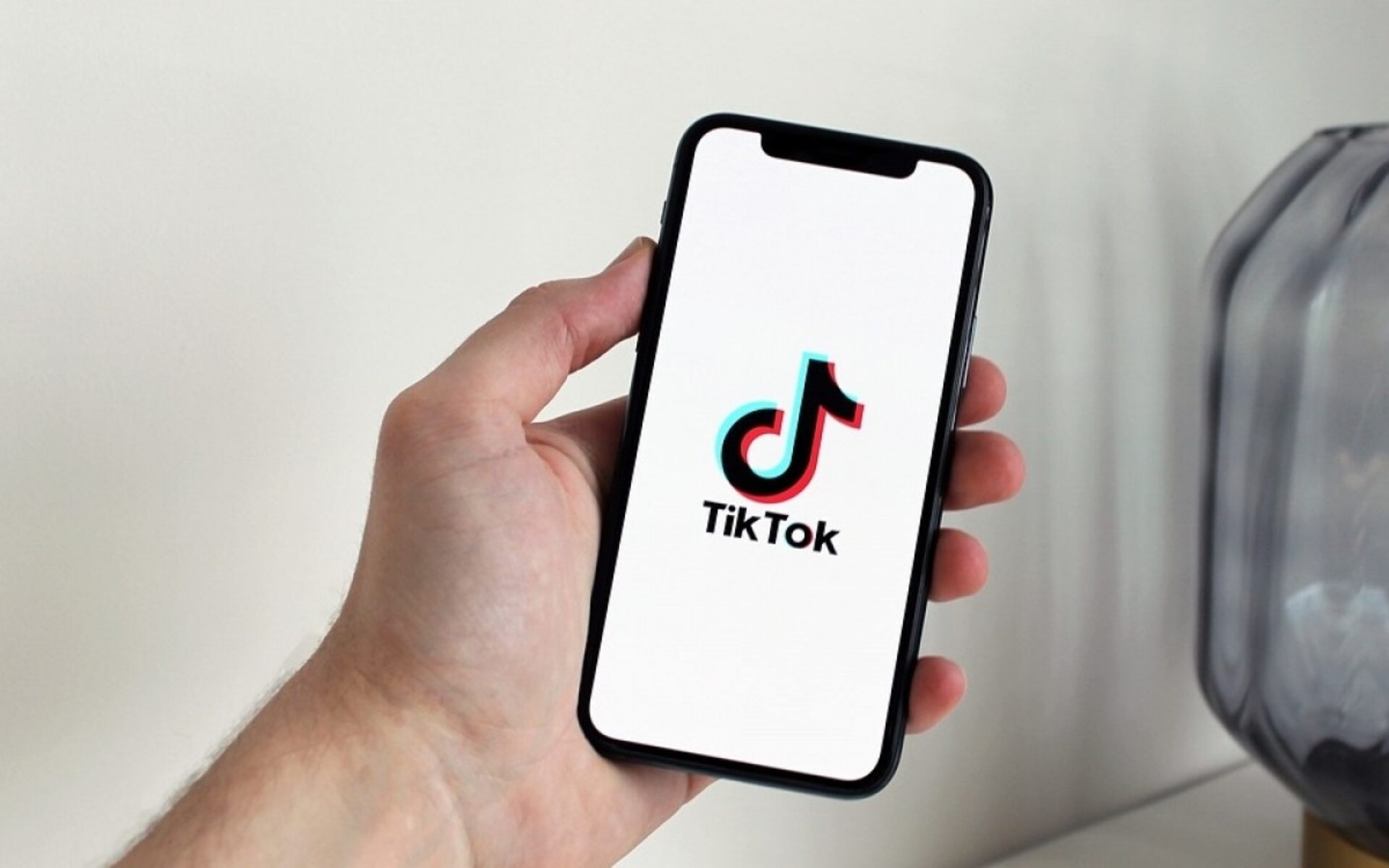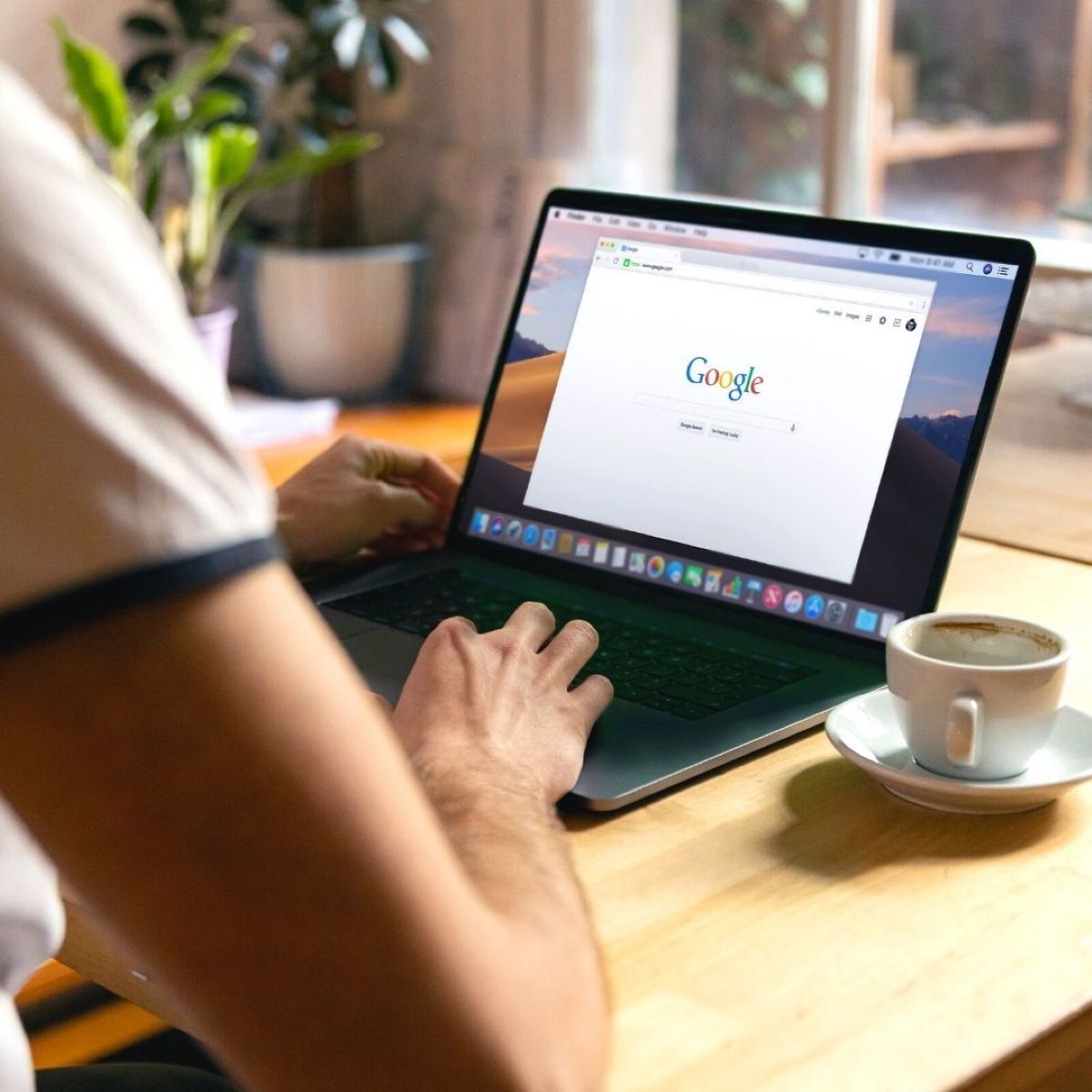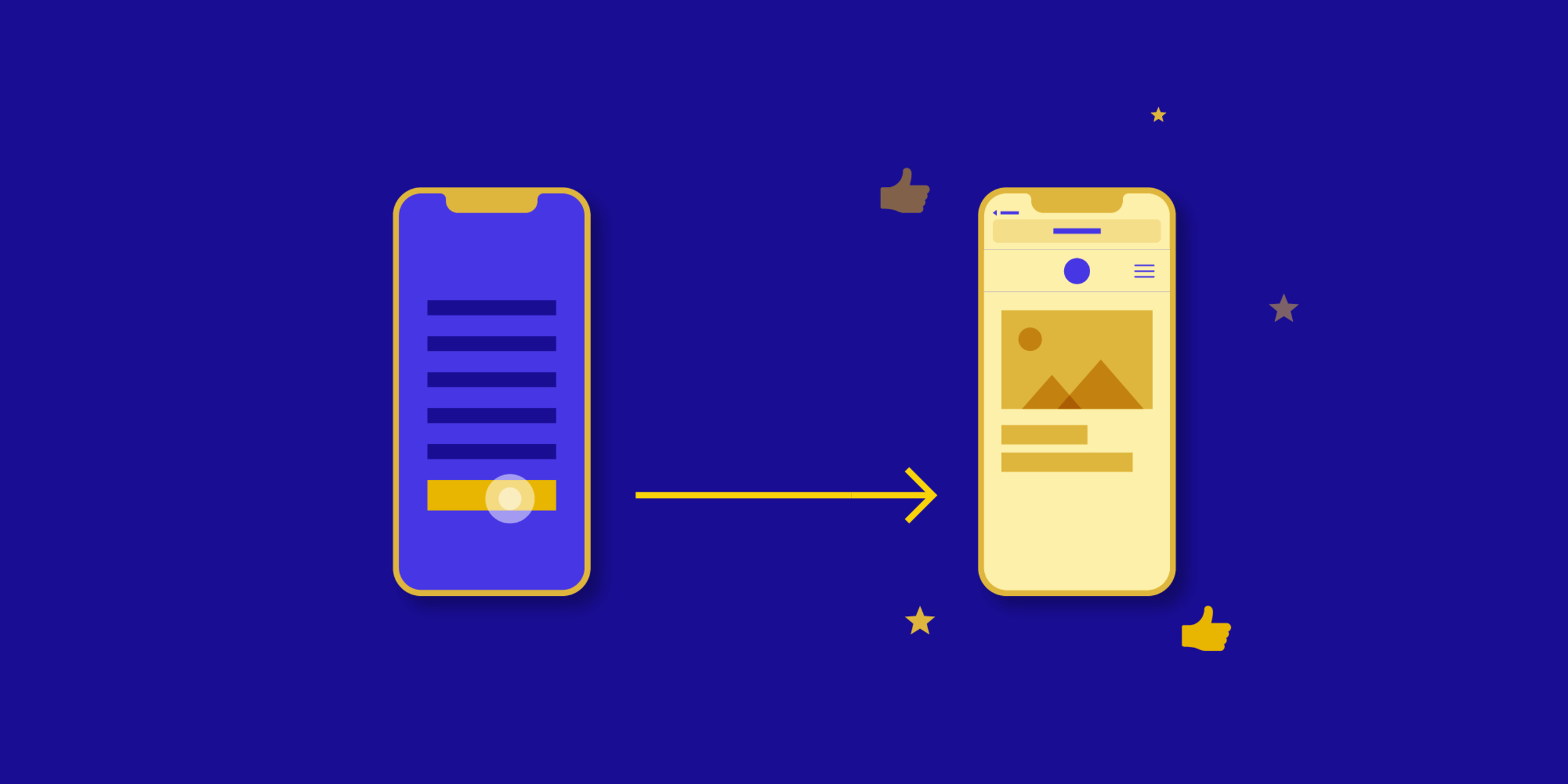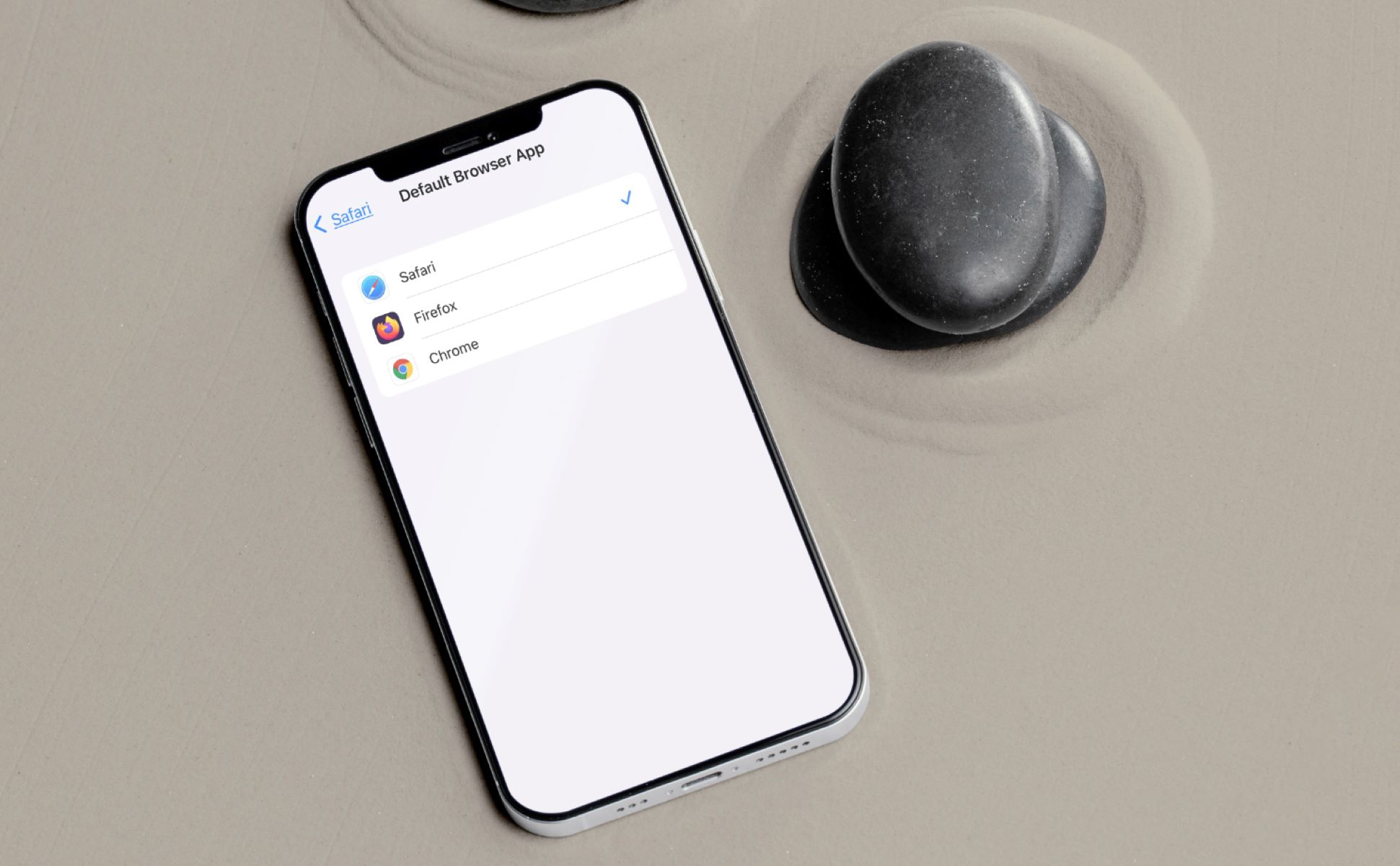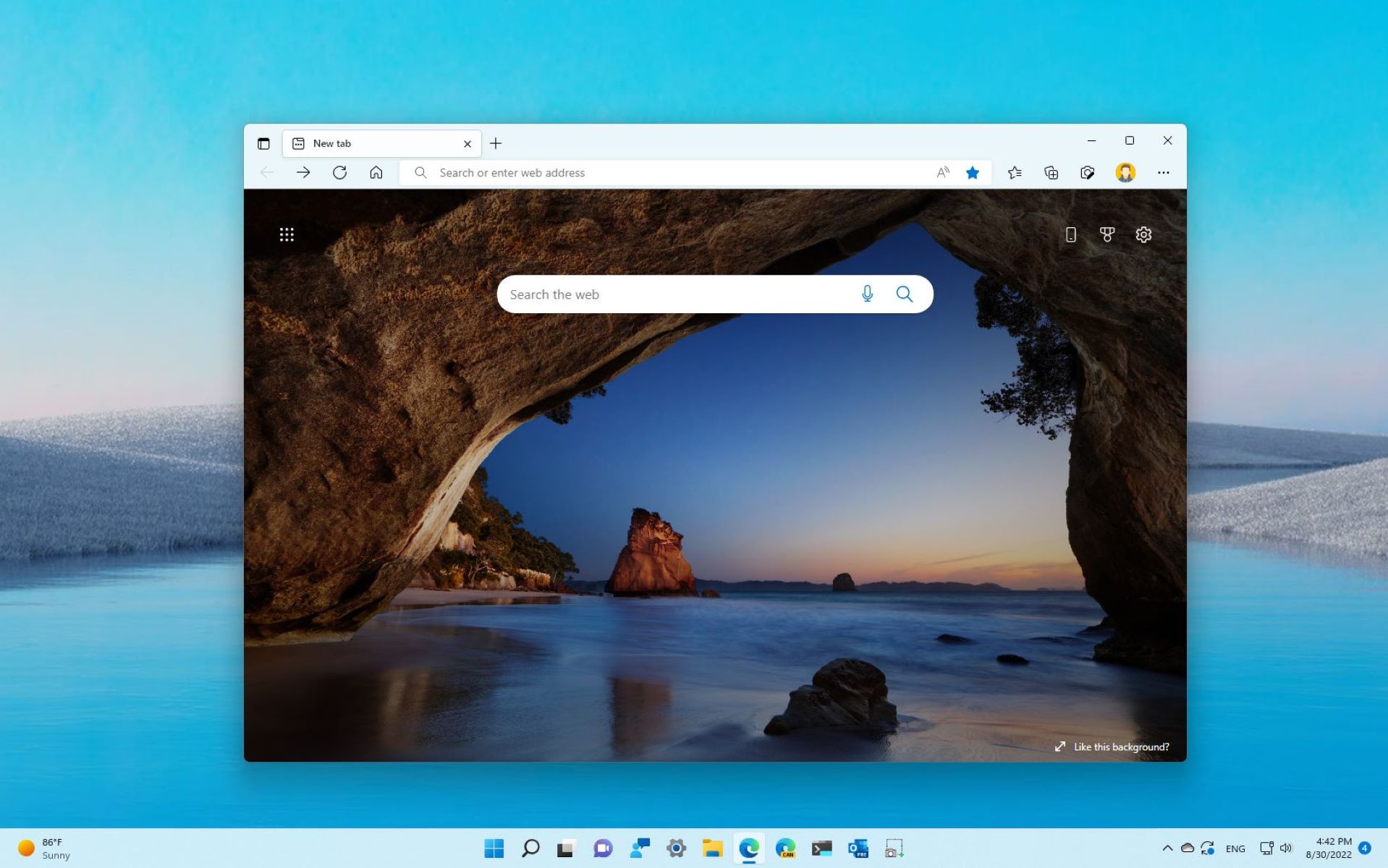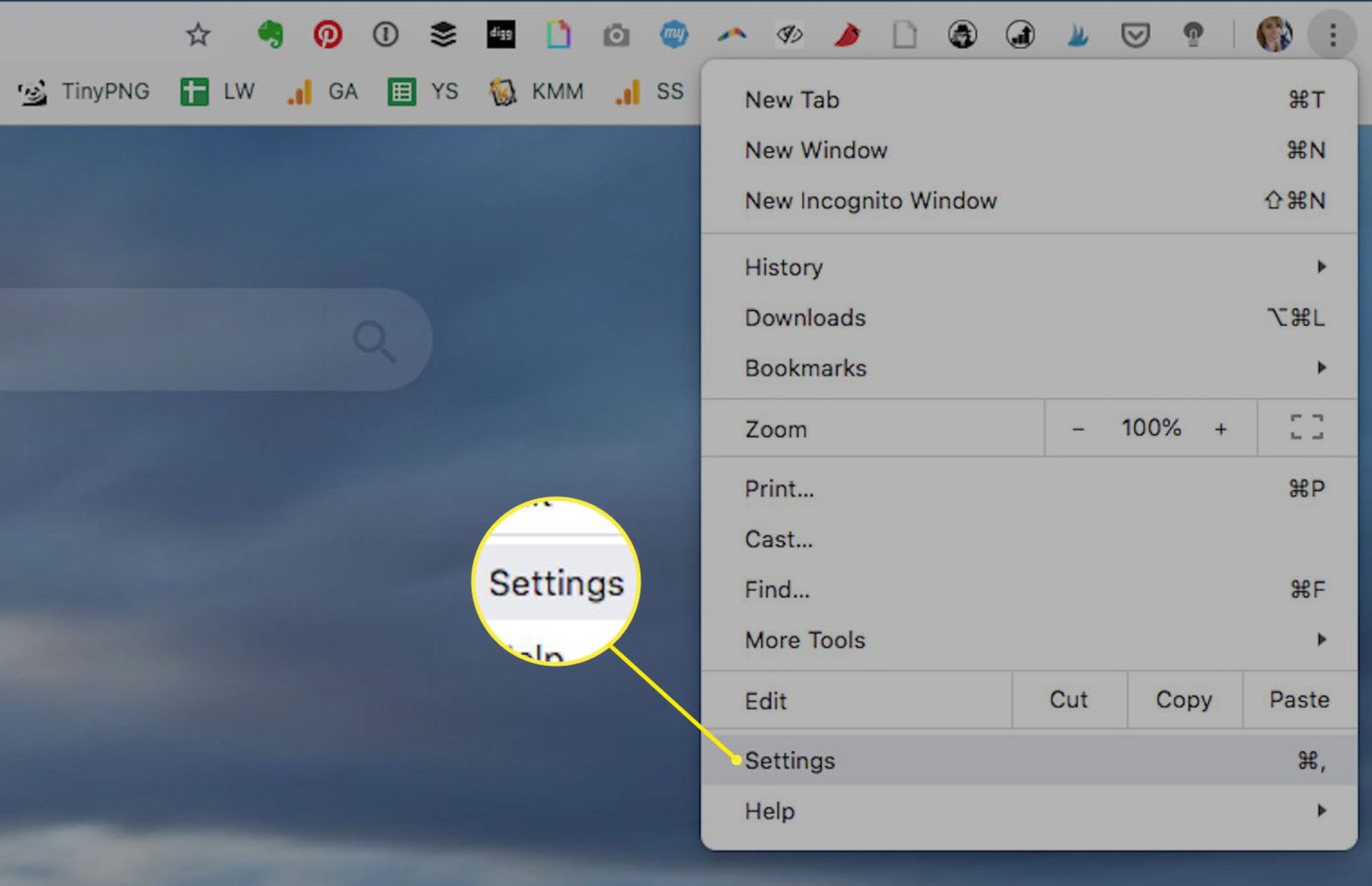Introduction
In today's digital age, the way we access and interact with online content has evolved significantly. With the widespread use of smartphones and the multitude of apps available, users often find themselves faced with the decision of whether to open a link in a browser or in a specific app. This choice can have a significant impact on the overall user experience and convenience.
Opening links in apps instead of browsers has become increasingly popular due to the seamless and tailored experiences that apps can provide. Whether it's accessing social media content, viewing articles, or engaging with multimedia, apps are designed to offer a more immersive and personalized experience compared to traditional web browsers.
As the app ecosystem continues to expand, users are presented with a diverse range of options for accessing content. From social media platforms to news aggregators, e-commerce apps, and productivity tools, there's a dedicated app for almost every type of online content. This proliferation of apps has led to a shift in user behavior, with many individuals preferring to engage with content through specialized apps rather than generic web browsers.
In this article, we will explore the reasons why opening links in apps can enhance the user experience and provide greater convenience. Additionally, we will delve into the methods for setting a default app for opening links and how to open specific links in apps, empowering users to make informed choices about their online interactions. By understanding the benefits and practicalities of opening links in apps, users can optimize their digital experiences and streamline their interactions with online content.
Why Open Links in App Instead of Browser
Opening links in apps instead of browsers offers a myriad of advantages that cater to the modern user's preferences and needs. Here are several compelling reasons why individuals are increasingly opting to open links in dedicated apps:
-
Enhanced User Experience: Apps are designed to deliver a tailored and immersive user experience, often surpassing the capabilities of traditional web browsers. By opening links in apps, users can benefit from specialized interfaces, intuitive navigation, and seamless integration with device features, resulting in a more engaging and enjoyable interaction with online content.
-
Personalization and Customization: Many apps allow users to personalize their settings, preferences, and content recommendations, creating a more personalized and relevant experience. By opening links in apps, individuals can access content that aligns with their interests and preferences, fostering a sense of connection and relevance that may be lacking in generic browser experiences.
-
Seamless Integration with Platform Features: Apps are adept at leveraging the unique features and functionalities of the underlying platform, such as push notifications, location services, camera access, and offline capabilities. By opening links in apps, users can harness these platform-specific features to enrich their interactions with content, enabling a more seamless and integrated experience.
-
Streamlined Access to Specialized Content: Many apps are dedicated to specific types of content, such as social media, news, e-commerce, and entertainment. By opening links in these specialized apps, users can access content in a format optimized for consumption within the context of the app's purpose, ensuring a streamlined and efficient access to the desired information.
-
Enhanced Security and Privacy: Apps often provide enhanced security measures and privacy controls compared to web browsers, offering users greater peace of mind when accessing and interacting with content. By opening links in apps, individuals can benefit from the additional security layers and privacy safeguards implemented within the app environment.
-
Efficient Workflow and Productivity: For users engaging with productivity tools, project management apps, or collaborative platforms, opening links in dedicated apps can streamline workflows and enhance productivity. These apps are often optimized for seamless integration with other tools and services, allowing users to accomplish tasks more efficiently.
By recognizing the myriad benefits of opening links in apps, users can make informed decisions about how they access and interact with online content, ultimately enhancing their digital experiences and optimizing their interactions with the digital world.
How to Set Default App for Opening Links
Setting a default app for opening links is a straightforward process that empowers users to seamlessly access content in their preferred apps. By designating a default app, users can ensure that links from various sources, such as emails, messages, and websites, automatically open in the specified app, streamlining the overall user experience. Here's a step-by-step guide to setting a default app for opening links on both Android and iOS devices:
Android Devices:
-
Navigate to Settings: Open the "Settings" app on your Android device.
-
Select Apps & Notifications: Scroll down and select "Apps & Notifications" from the Settings menu.
-
Open Default Apps: Within the "Apps & Notifications" menu, locate and select "Default Apps."
-
Choose the Default Browser: Under the "Default Apps" menu, select "Browser app" or a similar option.
-
Select the Preferred App: From the list of installed apps, choose your preferred app for opening links, such as Chrome, Firefox, or any other browser installed on your device.
-
Confirm the Selection: Once you've selected the preferred app, confirm your choice, and the default app for opening links will be set accordingly.
iOS Devices:
-
Access Settings: Open the "Settings" app on your iOS device.
-
Navigate to the Browser Settings: Scroll down and locate the settings for the browser you wish to set as the default app for opening links, such as Safari or a third-party browser.
-
Select Default Browser: Within the browser settings, look for an option to set it as the default browser for opening links.
-
Enable Default Status: Follow the prompts to enable the selected browser as the default app for opening links.
By following these simple steps, users can customize their device settings to ensure that links open in their preferred apps by default, aligning with their individual preferences and optimizing their digital interactions.
Setting a default app for opening links not only enhances convenience but also empowers users to curate their digital experiences according to their preferences and habits. Whether it's accessing articles, social media content, or e-commerce links, having a default app for opening links ensures a seamless and personalized browsing experience tailored to the user's preferences and app usage patterns.
How to Open Specific Links in App
Opening specific links in dedicated apps provides users with a targeted and streamlined approach to accessing content, allowing for a more tailored and immersive experience. Whether it's a social media post, a news article, or a product page, directing links to open in specific apps can enhance the overall user experience. Here's a detailed guide on how to open specific links in apps on both Android and iOS devices:
Android Devices:
Using App Links:
- Identify Supported Apps: When encountering a link to a specific type of content, such as a social media post or a news article, Android devices can recognize if there's a dedicated app installed that supports the content.
- Tap the Link: Upon tapping the link, Android will prompt the user to open the content in the associated app if it's installed, providing a seamless transition from the browser to the app.
Using Share Menu:
- Access the Share Menu: When viewing a link in the browser, tap the "Share" option to reveal a list of available apps.
- Select the App: Choose the specific app in which you prefer to open the link, such as a social media app or a news aggregator, from the list of available options.
iOS Devices:
Using Universal Links:
- Automatic Recognition: iOS devices can automatically recognize when a link corresponds to content supported by a specific app, such as social media posts or news articles.
- Direct Opening: Tapping the link will seamlessly transition the user from the browser to the associated app, providing a cohesive and integrated experience.
Using Share Menu:
- Access the Share Menu: Similar to Android, iOS devices offer a share menu when viewing a link in the browser.
- Choose the App: From the share menu, select the app in which you wish to open the link, allowing for a personalized and targeted experience.
By leveraging these methods, users can effortlessly direct specific links to open in their preferred apps, ensuring a more tailored and seamless interaction with content. Whether it's engaging with social media posts, accessing news articles, or exploring product listings, opening specific links in dedicated apps empowers users to curate their digital experiences according to their preferences and habits.
This approach not only enhances convenience but also fosters a deeper connection with the content, as users can engage with it in a manner optimized for the app's interface and features. Ultimately, opening specific links in apps aligns with the modern user's desire for personalized and immersive digital experiences, elevating the way individuals interact with online content.
Conclusion
In today's digital landscape, the choice between opening links in a browser or in a dedicated app has a profound impact on the user experience. As the app ecosystem continues to flourish, users are presented with a wealth of options for accessing content, each offering a unique and tailored experience. By understanding the benefits and practicalities of opening links in apps, individuals can optimize their digital interactions and curate their online experiences according to their preferences and habits.
The shift towards opening links in apps instead of browsers is driven by the desire for enhanced personalization, seamless integration with platform features, and a more immersive and tailored user experience. Apps are adept at delivering content in a format optimized for consumption within the context of the app's purpose, ensuring a streamlined and efficient access to desired information. Whether it's engaging with social media content, accessing news articles, or exploring product listings, opening links in dedicated apps empowers users to curate their digital experiences according to their preferences and habits.
By setting a default app for opening links, users can ensure that links from various sources automatically open in their preferred app, aligning with their individual preferences and optimizing their digital interactions. This not only enhances convenience but also fosters a deeper connection with the content, as users can engage with it in a manner optimized for the app's interface and features.
Furthermore, the ability to open specific links in dedicated apps provides users with a targeted and streamlined approach to accessing content, allowing for a more tailored and immersive experience. Whether it's a social media post, a news article, or a product page, directing links to open in specific apps enhances the overall user experience, aligning with the modern user's desire for personalized and immersive digital interactions.
In conclusion, the decision to open links in apps instead of browsers offers a myriad of advantages, including enhanced user experience, personalization, seamless integration with platform features, streamlined access to specialized content, enhanced security and privacy, and efficient workflow and productivity. By recognizing these benefits and leveraging the methods for setting default apps and opening specific links in apps, users can optimize their digital experiences and engage with online content in a manner that aligns with their preferences and habits.







